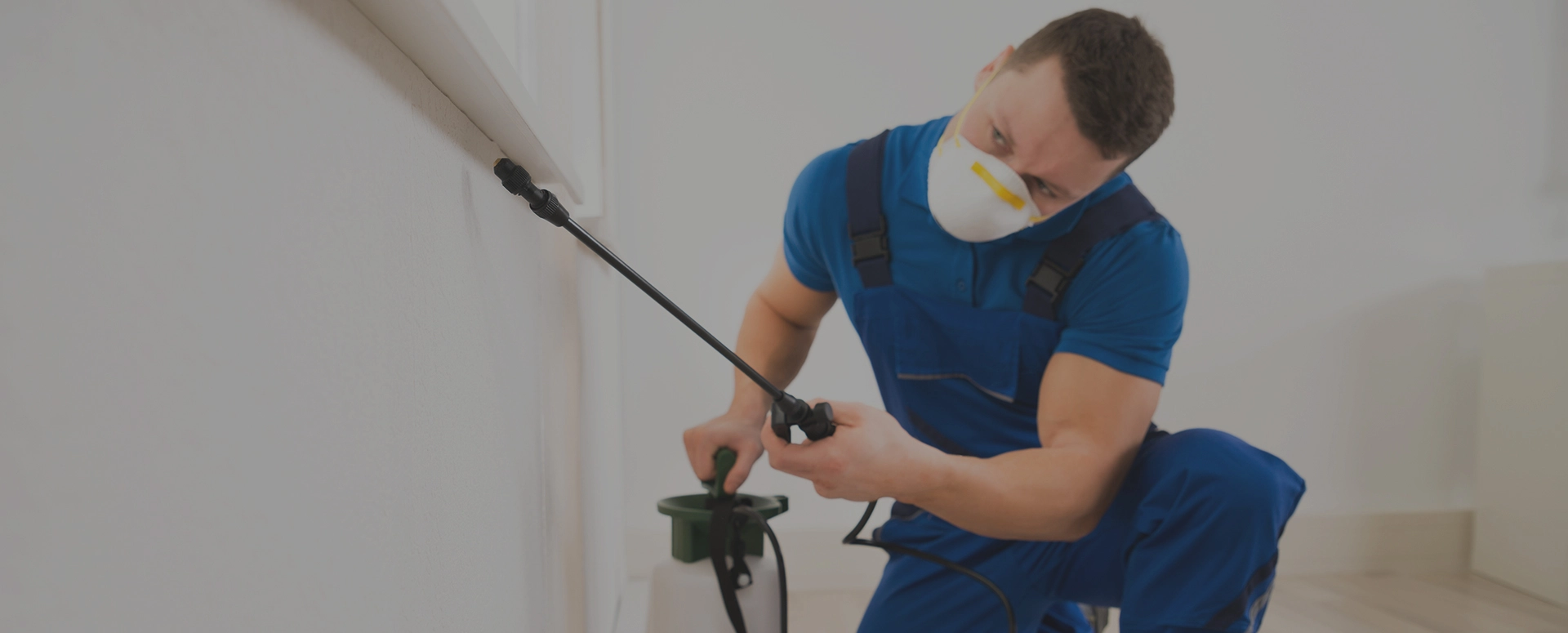
About the Company

Bed bug control
1- Examine all places, especially mattresses and boards.
2- Determine the places of injury.
3- Dealing with infected places, places where bedbugs hide, and potential places for the insect to reproduce.
4- Making a defensive line at the entrances and exits of the site to prevent insects from leaving the site or entering new insects after treating the site.

Flying insect control
As we treat crawling pests (such as German and American cockroaches – ants – bed bugs – beetles and worms) so that we can perform our work fully. We hope that you will note the following points:
1. Installing air curtains at all entrances.
2. Keeping all entrances closed and not leaving them open.
3. Close all windows by means of a net with very small openings that do not allow the passage of flying insects.
4. Distribution of optical traps in a scientific way to quickly dispose of natural and non-natural waste.

Anti reptile
A – Making sticky traps in the places where these pests appear.
B – Making poisonous baits to get rid of the danger of reptiles once and for all.
C – the use of repellents (natural).
D – Using fogging products to completely eliminate all reptiles.



